Jalalabad finally has some winter weather with much needed rain. The Hindu Kush has sparse snow on their peaks; the weather has been unseasonably mild and dry so far this winter. A dry winter is a disaster in a parched country that relies heavily on small scale farms to feed its people. So the rain is good but only if it stops soon. Nothing is straightforward in Afghanistan even when it comes to rain – a few more days of this will render most of the housing structures unstable. Houses made of mud bricks do not handle the wet well.
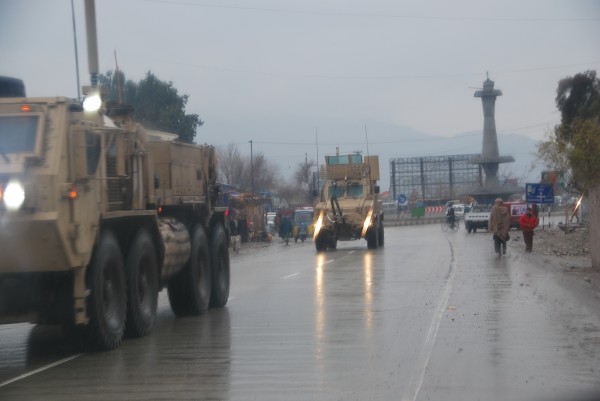
Yesterday Dexter Filkins filed an interesting story on the recent conversion of the Shinwari tribe to the Afghan government side of the conflict. The Shinwaris have around 400,000 or so members in the southeastern portion of Afghanistan and are a major tribe. They have openly declared themselves to be against the Taliban which is a significant political victory for the Karzai regime but will have limited impact on the ground. They have a strong tribal militia that has no problems running Taliban off their lands. Throwing their prestige behind the government is one way to avoid having their tribal militia disarmed and declared illegal. I wonder if that represents a more pragmatic approach to using the tribes by Kabul?
I have learned from a State Department Foreign Service Officer (who worked the deal) that this announcement was brokered by the Army battlespace commander in conjunction with the Department of State. That is most encouraging and demonstrates the utility of allowing professionals from our Foreign Service to slip outside the security bubble and engage tribal leaders directly. As hard as I am on our State Department this move deserves nothing but praise and respect.
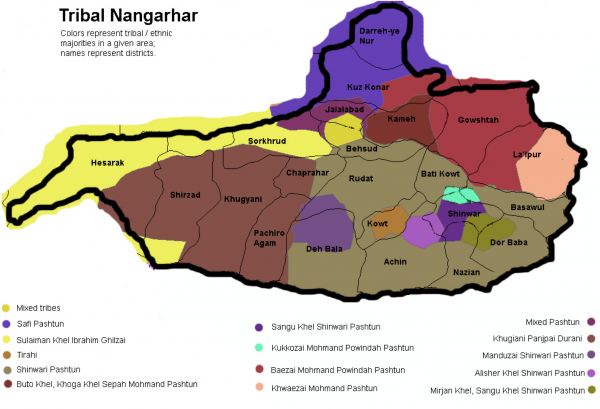
The Shinwaris control the area in and around the Route One corridor and it is vital to their collective interests that trade flows smoothly. As Dexter noted in his piece, the American SF team from Jalalabad flew into the Mahmand Valley to offer support last summer (Mohmand is the tribe; Mahmand is the valley and Dexter got them wrong…need to stop in the Taj and chat us up Dexter – we’ll get you sorted). I commented on that story at that time bitching about commuting to the village from their FOB.
I have since learned that the CJSOTF (Combined Joint Special Operations Task Force) teams wanted to stay out in the villages, but the “battle space owner” did not want CJSOTF teams operating in the Shinwari territory for reasons unknown. On a side note, the mission of CJSOTF is primarily to partner with “indigenous” forces in order to prosecute what’s known as FID missions – Foreign Internal Defense, i.e. partnering with the local security forces to counter an insurgency). SF teams are a perfect economy of force option which can, if done in enough places, have a significant impact on local security conditions and perceptions. But they cannot do FID off a FOB – something General Petraus pointed out in Iraq years ago.

ISAF continues to confine itself to large bases while manning static outposts (some located in indefensible valleys) in key regions of the various provinces. Their focus is on resupplying these positions, responding to periodic attacks on the vulnerable outposts, and supporting the frequent patrols who venture from the outposts to engage local leaders. Their biggest threat is from IED’s because they are road bound in a country with few roads. The counter IED battle includes paying cash to locals when they alert ISAF to IED’s. Do you think that might be incentive for locals to set off an IED every now and then in an effort to raise a little spending money?
Despite self imposed force protection there are units working exceptionally well with local tribes. This excellent article about Army Captain Michael Harrison is a great example. However, Captain Harrison is the exception – he was requested by name by his brigade commander because he had served a tour in Kunar Province and was effective at engaging local villagers. There are not that many rifle company commanders who have that unique qualification.
The small cohort of company grade military leaders with successful tribal engagements under their belt are rarely sent back to the same area they worked in prior only a few are stationed here at any given time. From that small cohort fewer still will find themselves in the same area they once worked and none will have the freedom of action currently enjoyed by CPT Harrison.
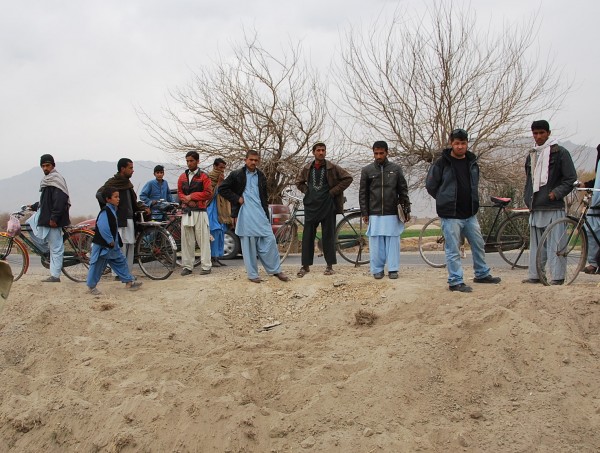
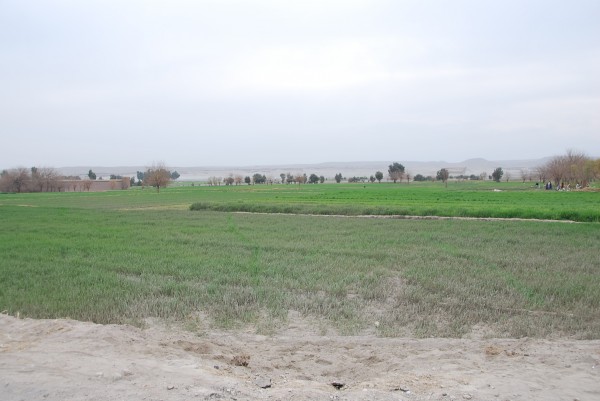
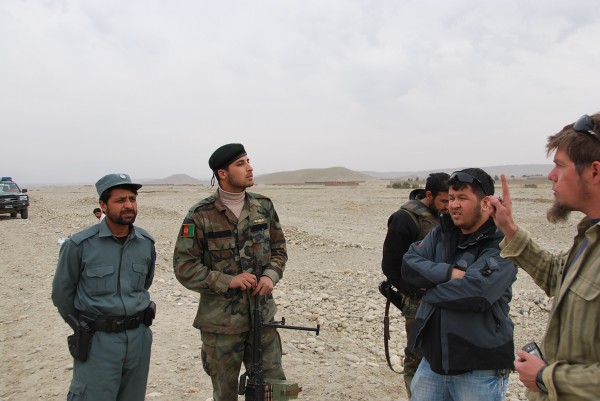
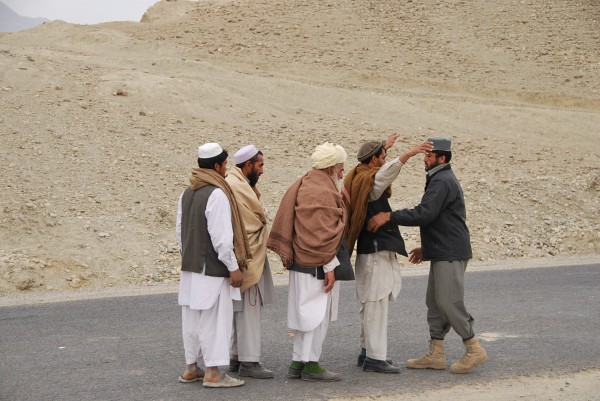
Jalalabad was on lock down for the international community today. Declared a “white city” by the UN due to two reports; one of “five female BBIED (Body Borne Improvised Explosive Device) bombers who are looking to strike important targets” and one concerning reporting “spectacular attacks,” while President Karzai is in London attending an international conference. There has never been a female suicide bomber in Afghanistan to the best of my knowledge and there is no historical correlation to President Karzai attending international meetings and “spectacular” attacks. We aren’t buying it.
We ignored the White City warning and carried on with our daily routine. International reconstruction specialists cost the taxpayers of America over $1000 per day, so locking them down for no reason is a very expensive mistake. The military knew the principal threat spooking the UN security people was bogus, but they don’t talk to each other much. Both the UN and the military are operating inside huge bureaucratic closed loops – neither organization has the capacity to get into the local environment to conduct real time assessments. Only the small fries in the reconstruction business: JICA, CADG, CHF, etc… pay attention to White Information because they have to in order to operate. The large bureaucracies react to bogus intel which flows around the closed, insulated loops because their analysts deal with emails not people.
Speaking of money our army had taken to shuttling personnel between the airport and PRT in helicopters. You could walk between the bases in less than 15 minutes or drive it in 5. Does the military honestly believe that the 200 meters of Route 1 separating their bases is so dangerous that it warrants flying helicopters between them? Of course not – but flying in helicopters is easier than running four vehicle MRAP convoys and every time a soldier drives outside the front gate of a base he has to be in a four vehicle convoy with at least 16 riflemen. Who the hell can afford to spend money this way? Helicopter crashes in Afghanistan routinely kill two to three times more military members than the Taliban has ever been able to kill even when they mass their best fighters against isolated positions held by only a handful of Americans. Why is flying in a helicopter safer than a 15 minute walk or 5 minute bus ride? In large bureaucracies cost efficiency and common sense are not part of the operational paradigm.
There are people getting it right on the ground right now and they represent the only feasible way forward. But small fries have no champions in Washington and getting the job done right in areas where the big boys are floundering is not proving to be relevant at this time. One can only hope it gets relevant in the near future.



Thanks for this Tim. At the moment you are the ONLY reliable, informed voice reporting from Afghanistan.
tim san, you have done it again.. a timely post for current activities and efforts of doing this thing right ! BZ
The commercial sector and education field are making lots of progress – with the focus of being out with the people, making friends and drinking lots of chai !
I guess all that is why it costs more than 10 million dollars to kill a Taliban. 500,000,000,000 divided by 50,000. Or 100 million if it is 500,000,000,000 divided by 5000
It’s good to see someone like yourself blogging from where you are.
Actually I think 5.56mm is something like 24 cents a round.
MEATLESS
THURSDAY,
R
The Thunder Run has linked to this post in the blog post From the Front: 02/01/2010 News and Personal dispatches from the front and the home front.
They FLY from the Jbad airport to the PRT?? Someone needs to seriously re-examine their rules…four MRAPs and 16 troops?
In 2005-06 I made that trip almost daily for a year, typically in a M114 but often in an ANA Ford Ranger pickup. I have no idea what that area looks like now, but at the time there were lots of little shops and road construction. The shopkeepers and construction worers would typically greet us with a smile and wave as we passed by every morning and returned every evening.
Either things are much worse there, or “big army” has arrived in that part of the war and a garrison in in danger of breaking out.